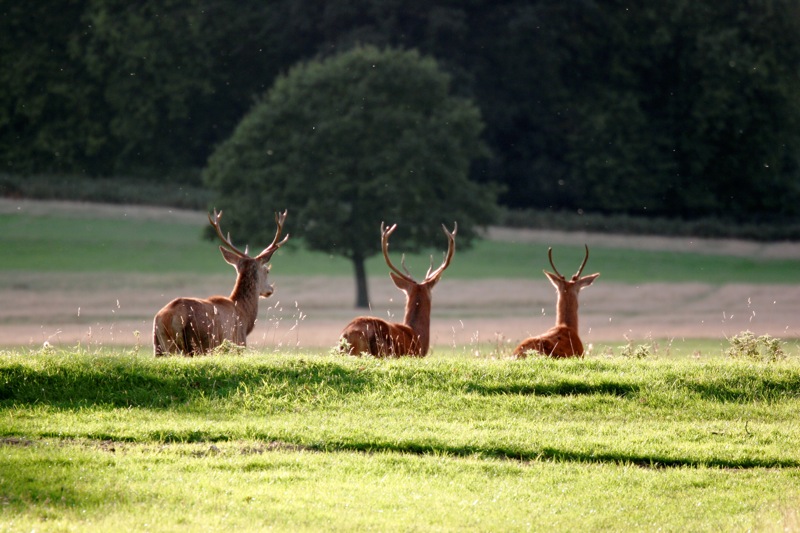
Cattle grazing to bring new lease of life to Richmond Park
Introduction of new plan boosts London conservation target to 91%
Richmond Park is an internationally important area for wildlife conservation and London’s biggest Site of Special Scientific Interest (SSSI). Now a bold new conservation plan by the Royal Parks and Natural England is set to improve the park’s biodiversity even further, and give a major boost to progress against environmental targets.
The park is famous for its ancient trees, herds of deer and colourful gardens. What is less well known is that it has the most extensive area of natural grassland in London, or that the type of grassland – ’acid grassland’ – is a nationally rare habitat. The presence of grassland on acidic soils is one of the chief reasons for Richmond Park’s designation as a SSSI.
The new ’Grassland Management Plan’ aims to improve the park’s acid grassland, which is home to many protected plant, invertebrate and bird species, and wildflowers such as tormentil, heath bedstraw and harebell. As a result of the plan, the percentage of London’s SSSIs in ’favourable’ or ’recovering’ condition has jumped from 76% to 91% (by area), helping Natural England reach its goal of bringing 95% of England’s SSSIs into target condition by December 2010.
At the heart of the scheme is the introduction of small numbers of cattle across selected areas of the park. The cows will help conserve the park’s precious acid grassland and boost biodiversity thanks to their grazing method. Unlike the park’s deer which eat woody vegetation, cows instead prefer lush grasses. By grazing on grass, the cattle create patches of bare ground, which allow wildflowers to flourish. The scheme is an extension of a successful grazing trial undertaken over an area of 4 hectares near the park’s headquarters at Holly Lodge.
The Grassland Management Plan outlines a variety of options from grazing small, targeted areas to larger scale grazing to integrate the herds into the landscape. Docile breeds such as highland cattle will be used which will allow full public access to all the cattle-grazed areas. A consultation with local interest groups is underway. The agreed plan will take effect in Autumn 2011.
Simon Richards, Park Manager of Richmond Park said:
"The Royal Parks makes a huge contribution to the biodiversity of London and the nation. We have worked closely with Natural England and stakeholders to agree this plan, which will significantly enhance the condition of Richmond Park over time, benefitting both the wildlife that lives here and the millions who visit us each year."
Rob Cameron, Head of Natural England in London said:
"The agreement of a grassland management plan for Richmond Park is great news. It not only has the potential to considerably increase the wildlife value of the park, but it will also make a significant contribution to the overall condition of Sites of Special Scientific Interest at a national level".
The new Grassland Management Plan at Richmond Park is featured in a new report, ’Protecting England’s Natural Treasures’ published by Natural England today. The report details how the hard work of landowners, farmers and volunteers has transformed the fortunes of England’s SSSIs, halting or reversing the long process of decline that most SSSIs had experienced in recent decades.
